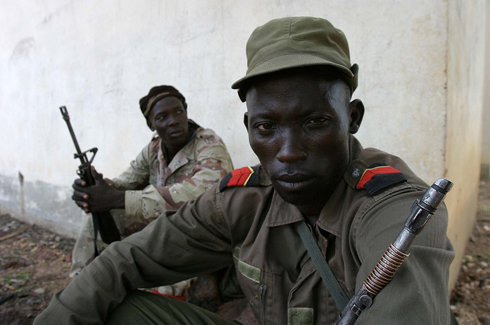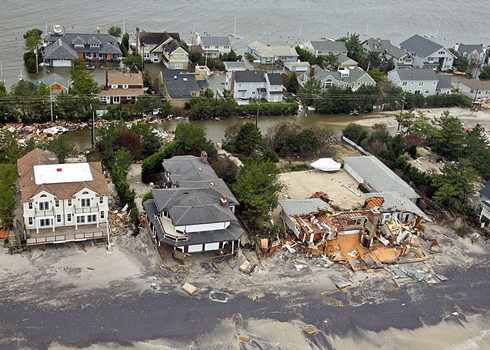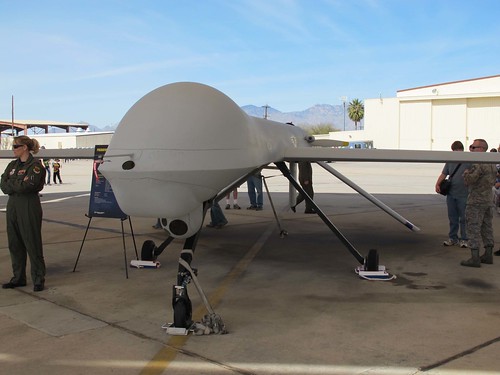
[Liens en français, sauf mention contraire] Le 11 janvier 2013, le gouvernement de la République Centrafricaine dirigé par le Président François Bozizé a scellé un nouveau traité de paix avec la coalition rebelle Séléka. L’accord est survenu après un mois d‘instabilité militaire et politique où les rebelles ont avancé vers la capitale Bangui dans une tentative de renverser Bozizé par les armes. Cet accord est supposé aboutir à la désignation d’un nouveau premier ministre ainsi qu’à la formation d’un gouvernement d’unité nationale. Selon Centrafrique Presse Info, le président Bozizé devrait tenir sa parole et respecter la décision de nommer Nicolas Tiangaye, avocat et ancien président de la Ligue Centrafricaine des droits de l’Homme, nouveau premier ministre du pays.



